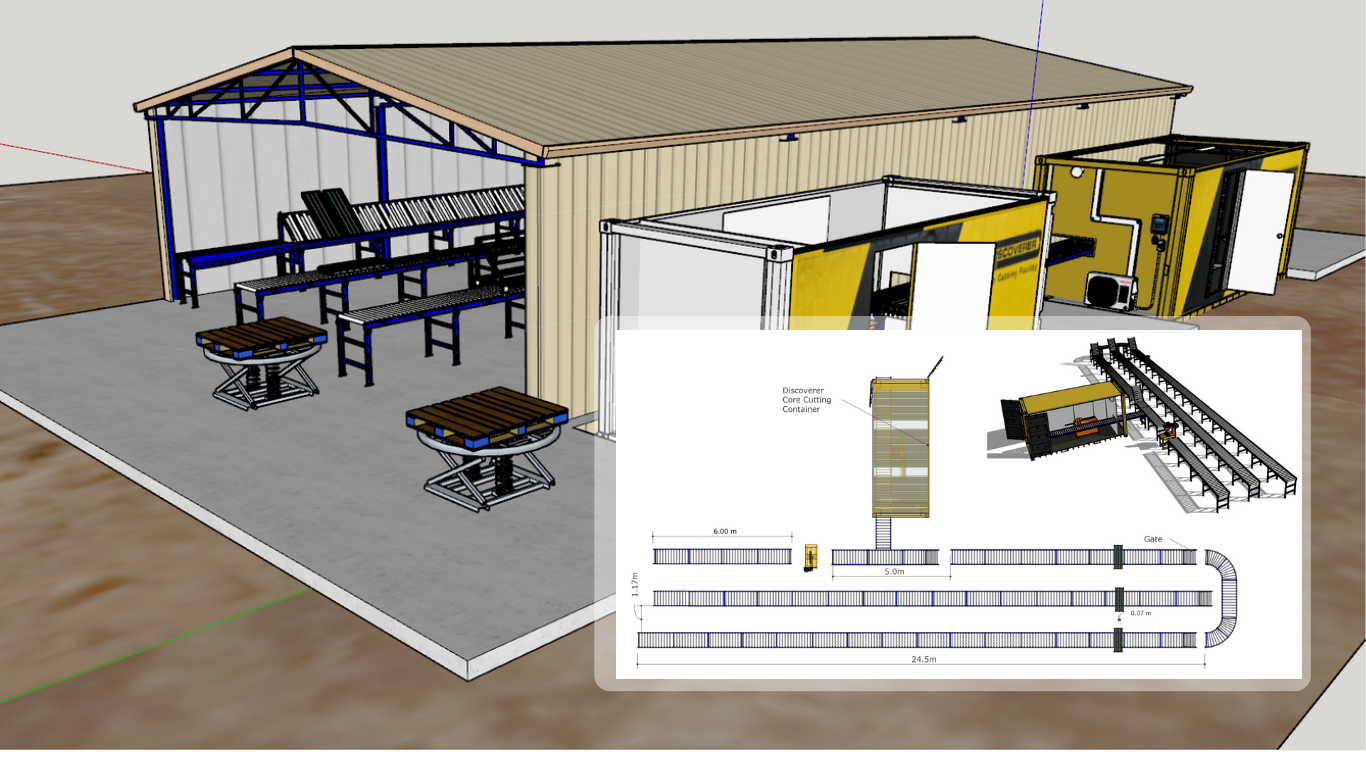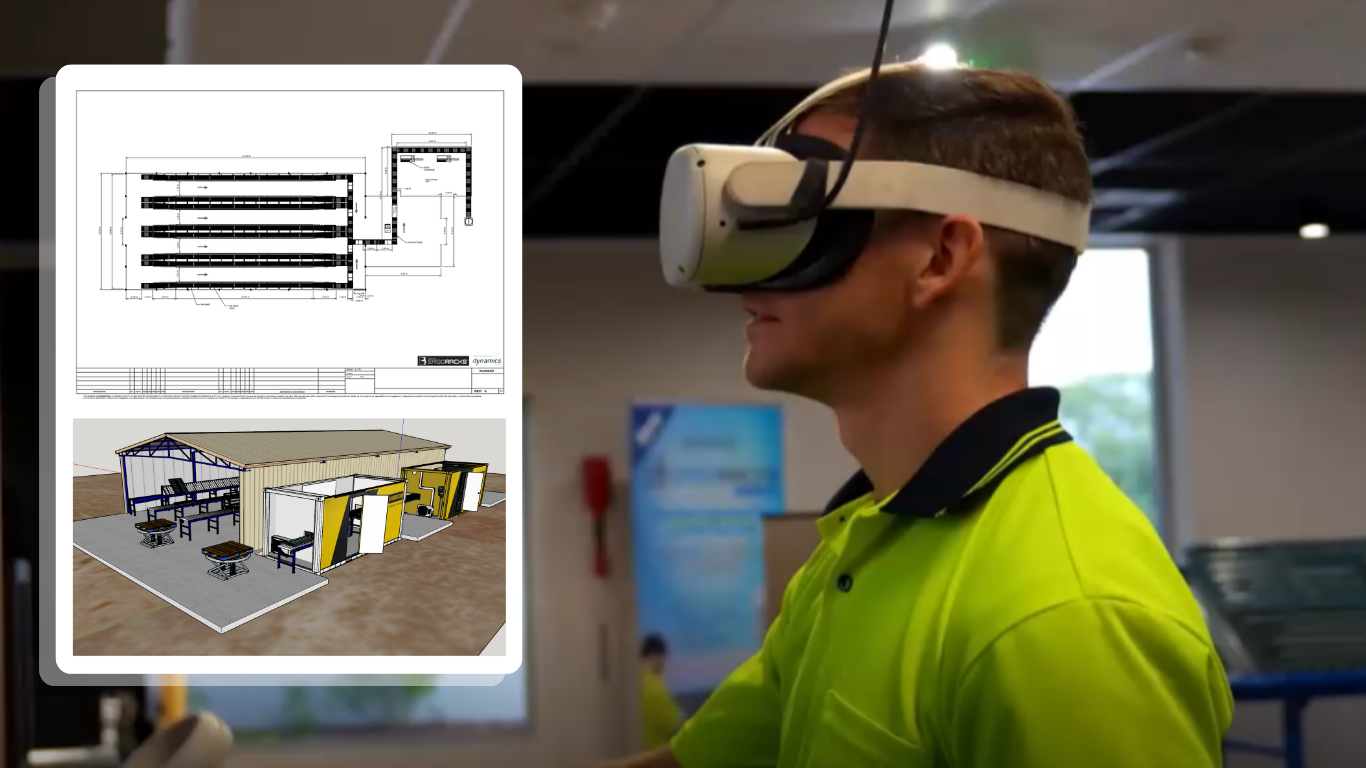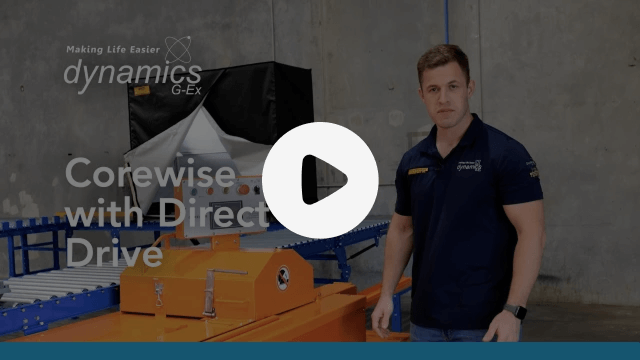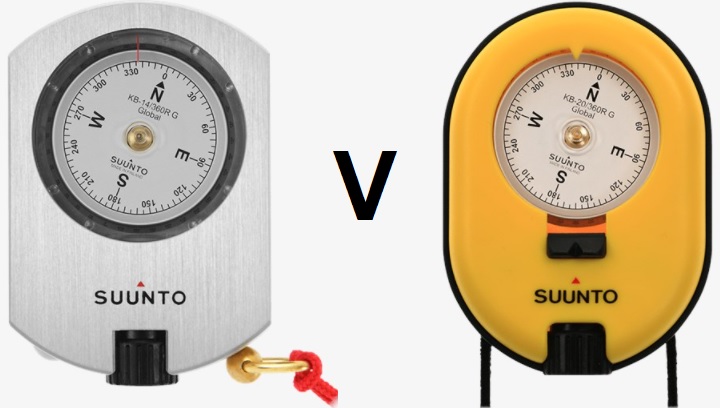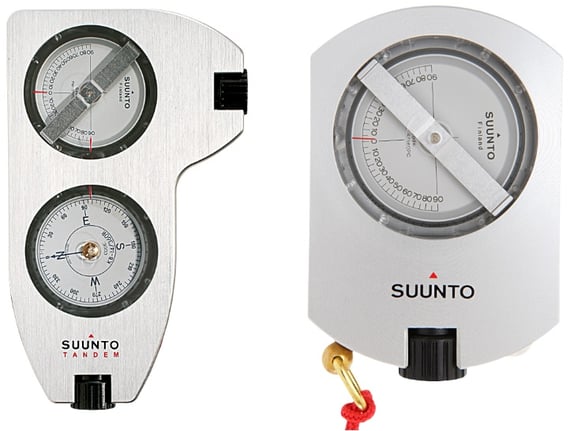
Spencer Dormer
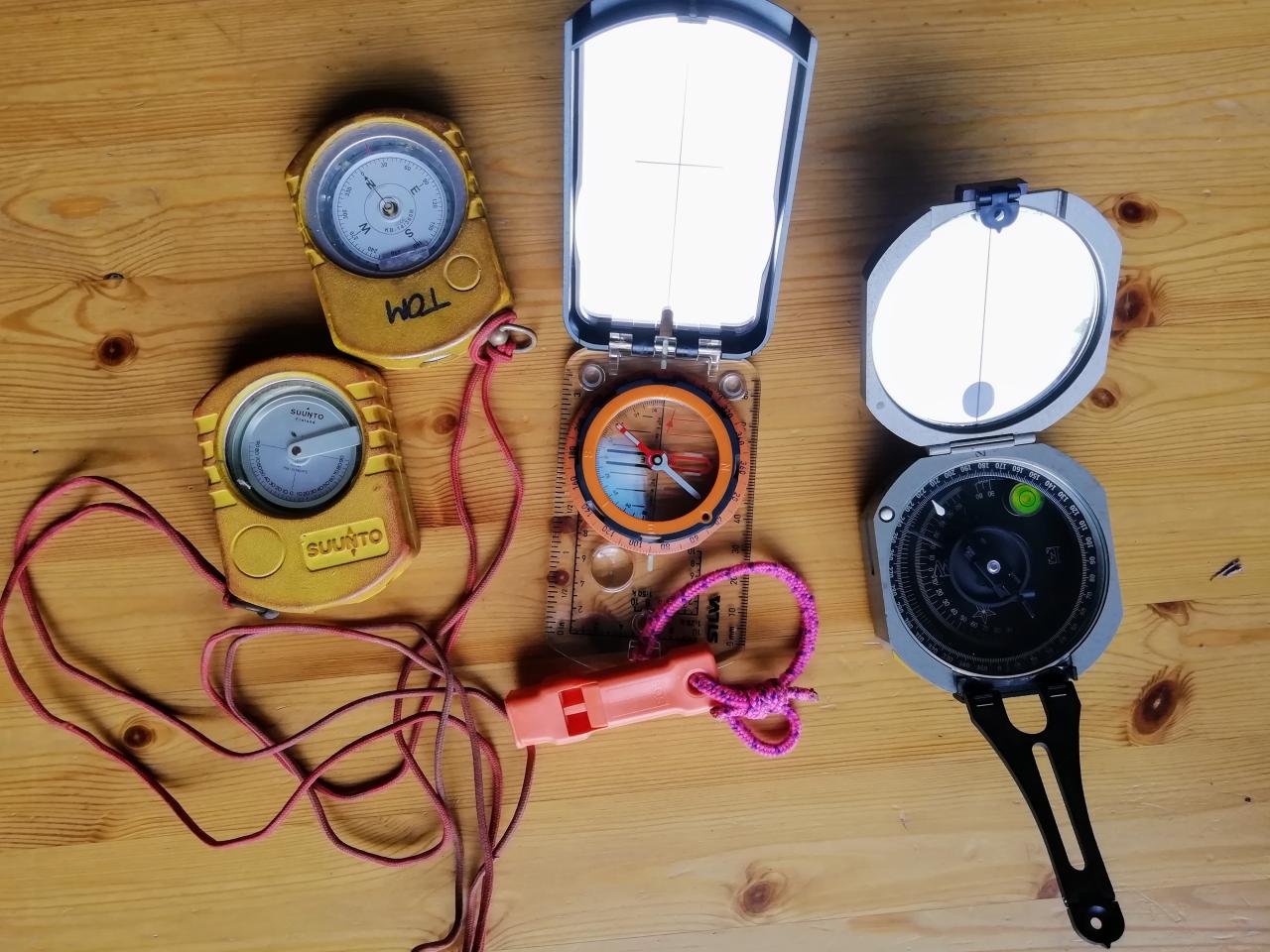
This is a big topic, but hopefully this collation of data with input from Geos all over the world will help you make an informed decision when you settle on a compass (or several compasses) for your work needs. The objective of this article is to help you get the best sighting compass that ticks all your boxes.
The reality is most Geos have a stash of compasses, each of which they use to perform a specific job they were designed to do, and dependent on what geology work they have to do each day.
A well-rounded Geo will own all or any of these four types: Baseplate Compass, Mirror Sighting Compass, Optical Sighting Compass, and Structural Geology Compass.
A lot of the data in this article comes straight from a LinkedIn survey post we did a few weeks back.
But with so many comments, this summary of insights should help your thought process, whether you are a newbie or a seasoned expert who's looking for the latest industry 'vibe' on all things compass.
You will see a lot of Geos passionate about a particular brand at times, because it's served them so well.
So let's go over the types of compass and the best brand options in today's market, starting with the baseplate and the sighting compasses.
Baseplate Compasses
The baseplate compass is the most basic of compasses, with its biggest drawback being that you cannot view the compass dial and the target at the same time.
But if trekking through a closed jungle or woodland area, this isn't a problem as your length of vision is very limited anyway.
Let's check them out.
For a Geologist, the two most prolific brands are Suunto and Silva.
Silva is a Swedish brand, whilst Suunto hails from Finland.
Ignoring the basic baseplate compass, let's dive straight into the professional range of both brands. We believe this level is what you should be looking at as a Geologist.
Silva Expedition Global Field Compass v Suunto M-3 Global Field Compass
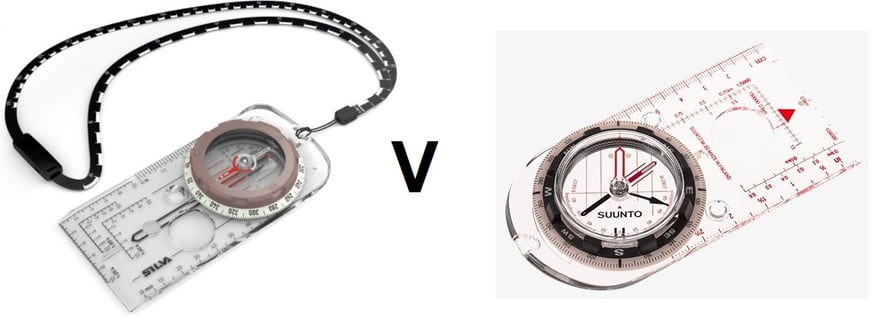
Similarities
- Global Needle - can be used in all 3 magnetic zones
- Compass Accuracy - 2°
- Clinometer, Declination Adjustment, Luminous Markings, Magnifying Lens are all included
- Operating Temperatures: -30° C to +60° C / -22° F to +140° F
Differences
- Lanyards are in both boxes, but Silva has a scale built into their lanyard. Users seem to find this scale quite useful when doing mapwork, as it's much longer than the scale on the baseplate, and it's soft and flexible.
- User reviews tell us they don't like the 'Suunto' logo in the capsule. Previously the needle and gridline line-ups went right across the compass housing but have now been replaced by the Suunto logo. A frustration to some.
- Size and Weight: Silva - 60x127x13mm; 52g. Suunto - 61x120x14mm; 48g
- Silva distinctly tells us: Waterproof. Suunto states: Insensitive to water pressure. I guess this means 'water-resistant' in common terms?
- Warranty: Silva has a 5-Year Warranty, whilst Suunto has a Limited Lifetime Warranty.
So it all comes down to the small differences, if they matter to you. Otherwise, you have two very similar compasses that will do the same job, from two respected industry brands.
Cost:
You should be able to pick up Silva Expedition or Suunto M-3 around the AUD$100 mark.
Mirror Sighting Compasses
Built with accuracy in mind over longer distance and open terrains, a sighting compass allows you to make direct eye contact with your target while taking a compass reading.

This is done with a folding mirror that allows you to see the compass capsule while viewing your target. The sighting compasses below even allow you to use this sighting feature to make accurate clinometer (angle of inclination) readings.
Apart from adding a mirror to the compass, the rest of the features on the Silva Expedition S and the Suunto MC-2 Compass are the same as on the Baseplate design.
Silva Expedition S Compass v Suunto MC-2 Global Compass
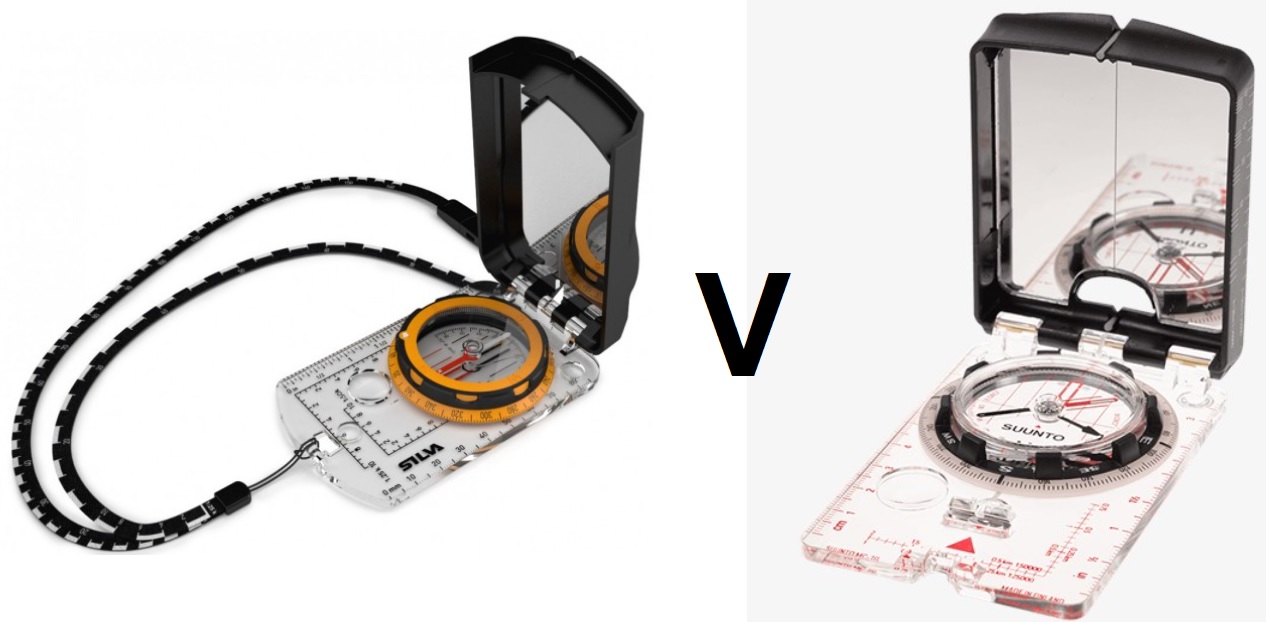
Similarities
- Compass Accuracy - 2°
- Clinometer, Declination Adjustment, Luminous Markings, Magnifying Lens are all included
- Operating Temperatures: -30° C to +60° C / -22° F to +140° F
Differences
- Lanyards are in both boxes, but Silva has a scale built into their lanyard. Users seem to find this scale quite useful when doing mapwork, as it's much longer than the scale on the baseplate, and it's soft and flexible.
- User reviews tell us they don't like the 'Suunto' logo in the capsule. Previously the needle and gridline line ups went right across the compass housing but now have been replaced by the Suunto logo. A frustration to some.
- For Silva, you have to purchase the compass balanced to your region: Magnetic Equator, Magnetic South or Magnetic North. Suunto has a globally balanced needle.
- Size and Weight: Silva - 65x100x18mm; 86g. Suunto - 65x101x18mm; 75g
- Silva distinctly tells us: Waterproof. Suunto states: Insensitive to water pressure. I guess this means 'water-resistant' in common terms?
- Warranty: Silva has a 5 Year Warranty, whilst Suunto has a Limited Lifetime Warranty.
So yeah, the biggest difference here from the Baseplate compasses we compared previously is that if you travel the globe with your compass, Suunto may be the better option. It can be a pain having the Silva's needles balanced for the different regions.
Cost:
Silva Expedition S: AUD$115 - $150*
Suunto MC-2: AUD$123 - $130*
*Depending on retailer
Optical Sighting Compasses
The optical sighting compasses eliminate the incorporated mirror and use a slightly different sighting method.
A special magnifying optic allows you to read the bearing off the edge of a compass disk (as opposed to a needle) while viewing your target, see below.

For this range and style of compass, Suunto pretty much owns the market, since Silva discontinued their CM360 Compass and SM360PA Clinometer... not sure why.
However, Suunto does a great job, and the quality of these compasses are renown. They actually look a lot more delicate than they prove to be in the field.
Suunto has two models. Suunto KB-14 /360R and KB-20 /360R
Suunto KB-14/360R Compass v Suunto KB-20/360R Compass
Similarities
- Globally balanced for use all over the world
- Scale: Azimuth 360°, Reversed 360°
- Adjustable diopter, Sapphire bearing, Liquid-filled capsule for stable operation are all standard features on both models.
- Operating Temperatures: -30° C to +60° C / -22° F to +140° F
- Warranty: 2 years
Differences
- The biggest difference between KB-14 v KB-20, is the housing. KB-14 has an anodized impact and corrosion resistant alloy housing (anodizing in simple terms gives a durable, corrosion-resistant, anodic oxide finish). The KB-20 has a high-impact plastic housing, which allows the compass to float if dropped into water.
- Compass Accuracy: KB-14 is accurate to 1/3°, whilst KB-20 is accurate to 0.5°
- Graduation Interval: KB-14 are 0.5°, whilst KB-20 are 1°. (through the view-finder)
- Size and Weight: KB-14 - 77x52x15mm; 93g. KB-20 - 78x57x20mm; 36g. So the KB-20 is a little bigger but lighter weight.
So that's the wrap.
This decision really comes down to whether you want to try the more recent model, KB-20, or want to stick to the more expensive, more accurate compass with smaller graduation intervals found in the more popular and proven KB-14.
Cost:
Suunto KB-14/360R Global Sighting Compass: AUD$240
Suunto KB-20/360R Global Sighting Compass: AUD$130
So while we are here, although this article isn't about Clinometers, Suunto does have a Tandem 360PC/360R Optical Sighting Compass/Clinometer, as well as the stand alone Suunto PM-5 /360PC Clinometer.
Cost:
Suunto Tandem 360PC/360R G Clino/Compass: AUD$399
Suunto PM-5/360PC Clinometer: AUD$289
If you need both a compass and a clino and want the convenience of carrying only one instrument, the tandem could be the way to go. It's a larger unit, so just be aware of that if it's the kind of thing that matters to you.
All the Suunto instruments can be supplied with an optional Rubber Protective Case to prolong their lifetime in the field - just like your mobile phone case. It's well worth the investment.
Cost:
Suunto Rubber Case for KB-14 or PM-5 Clino: AUD$25.39
Suunto PM-5/360PC Clinometer: AUD$27.45
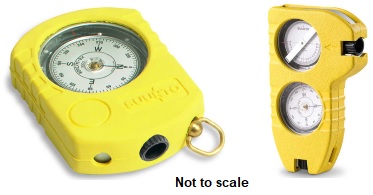
We hope this helps you get the best sighting compass for you, whether you're looking to get your first compass or upgrade to the latest model.
If you have anything to add to the reviews we've made here or you want to vouch for other models we did not mention (calling seasoned compass owners who go off the beaten path!), don't hesitate to comment below. We'd love to hear what you think.
